FORT IRWIN, Calif. -- As the Fort Irwin and National Training Center G-3 chief of operations, Lt. Col. Stephen Thrasher is always on the move, but in his spare time he keeps a piece of American history rolling down the road in his World War II jeep, a 1942 Ford GPW.
"It's essential because the material culture elicits the story," Thrasher said. "It will get vets to tell their story if they see it. It gives you an opportunity to get kids interested in that, so you can tell them a little bit about it if you talk about the war and what went on."
The jeep provides the opportunity to compare and contrast how things were during World War II with how they are now during the war on terror, he said.
"During World War II there were scrap drives and everyone had to grow a Victory Garden, and there was food rationing, shoe rationing and all that kind of thing," he said. "People either don't know or don't stop to think how it is now and how it was then when you're talking total mobilization of the country compared to the Army and the Marine Corps being mobilized."
Over the course of the past 15 years, Thrasher's jeep has made appearances in the Savannah, Ga., St. Patrick's Day and Veterans Day parades, as well as other public showings.
Thrasher has taken part in public events near Fort Hood, Texas, where he purchased the jeep, as well as Fort Sill, Okla., and Fort Stewart, Ga., with a tour in Korea in between.
The decision to purchase the jeep took about six months after Thrasher attended an air show in Waco, Texas, and met a gentleman who was displaying two vintage military vehicles, and about three cots worth of vintage World War II TA-50.
"There was no clue in my mind that private individuals could own vintage WWII vehicles," Thrasher recalled.
When his friend showed him two jeeps he had available for sale, Thrasher said he lucked into purchasing the Ford instead of the more popular Willys.
"I really just kind of bumbled into it," he said. "I bought mine because it's early enough that it's got the Ford script on the back and it has the original data plates on it with the (Vehicle Identification Number) and the date of delivery."
When the United States entered World War II, three companies - Bantam, Ford and Willys - vied for the jeep contract with Bantam producing a vehicle closest to the required specifications in 45 days.
However, due to Bantam's inability to meet the production requirements, Ford and Willys ended up making the jeeps, which were a combination of the best of all three submissions. During World War II Ford made 281,448 jeeps, Willys made 362,841 jeeps and Bantam made 2,675.
The distinctions between the Ford and Willys World War II jeeps are insignificant as about 90 to 95 percent of the parts are interchangeable, Thrasher said.
At the time he purchased the jeep, Thrasher admitted his mechanical knowledge was limited to changing oil and not much more, but his friend provided him a workshop and guided him through the restoration process.
When he purchased the jeep, it was missing its radiator, gas tank and carburetor and had to be totally stripped down to the frame and rebuilt.
"It took 2 A,A1/2 years to get it back on the road," he said. "I had to contract out most of the reconstruction because I was getting close to PCSing from Fort Hood."
After returning from his tour in Korea, Thrasher added a personal touch to his jeep as the bumper now carries the identification of his unit in Korea, which served proudly during World War II as part of the 2nd Infantry Division.
When asked about his future plans for vehicle restoration, Thrasher admitted he's been bitten by the restoration bug.
"I'm in the midst of restoring a 1941 Dodge pick-up, which I'm right back in the same boat of paying someone to put it back together," he said.
Related Links:
STAND-TO!: Army Heritage and Education Center

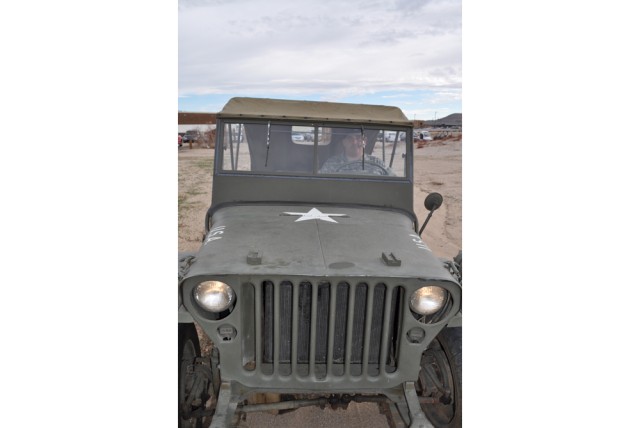
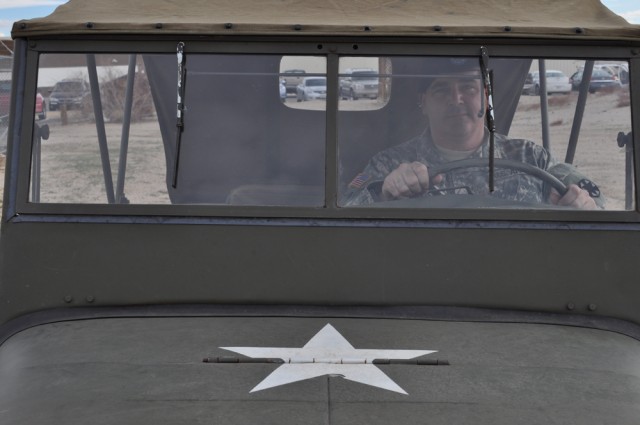
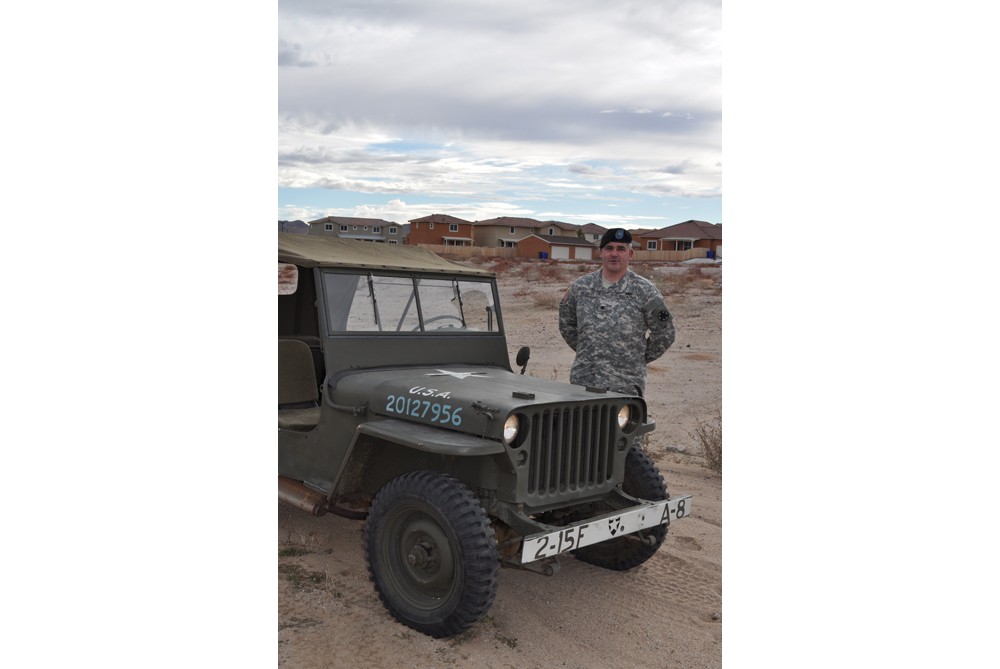
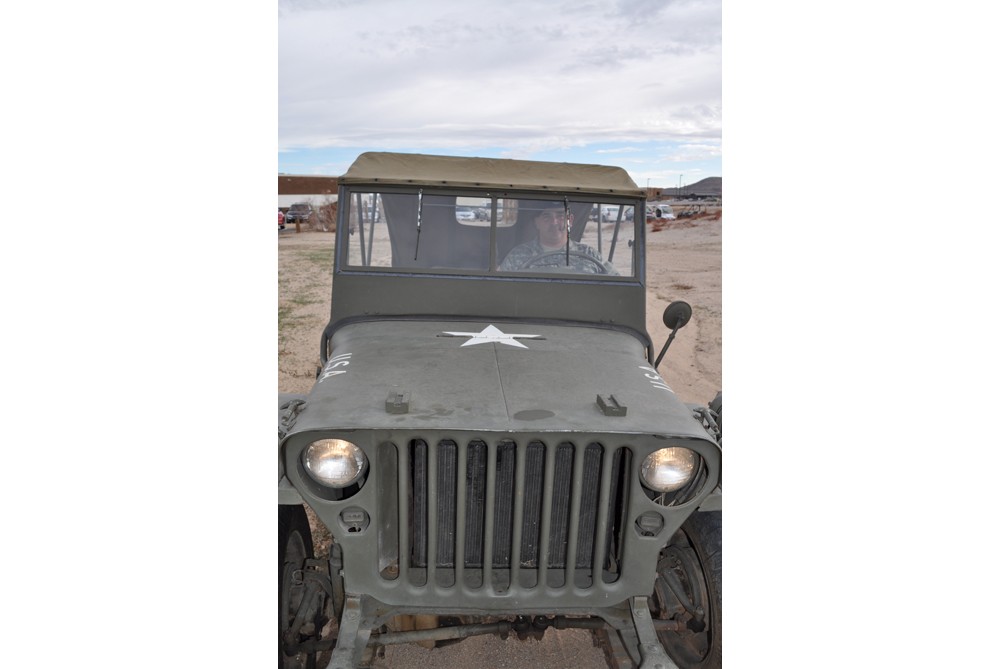
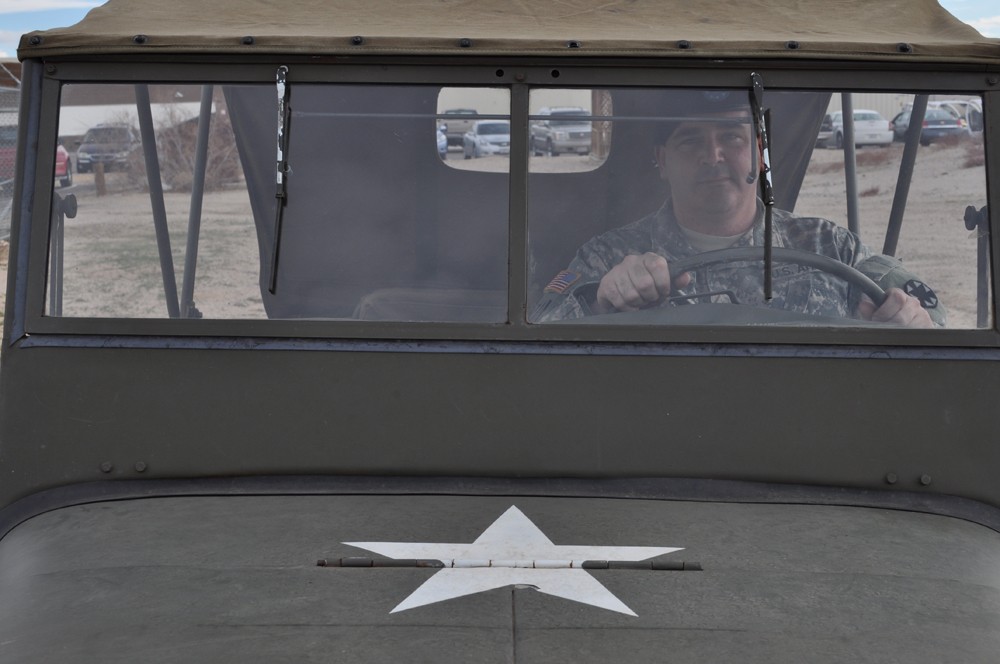
Social Sharing